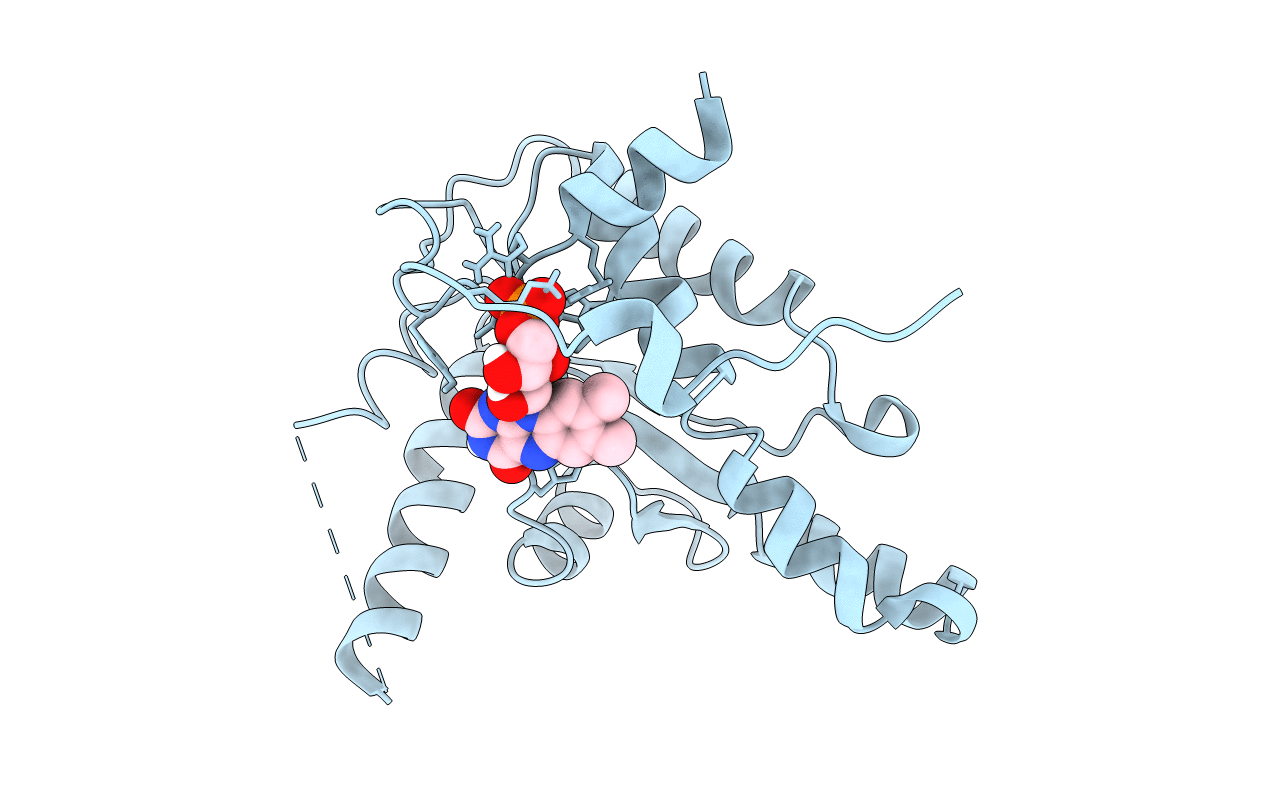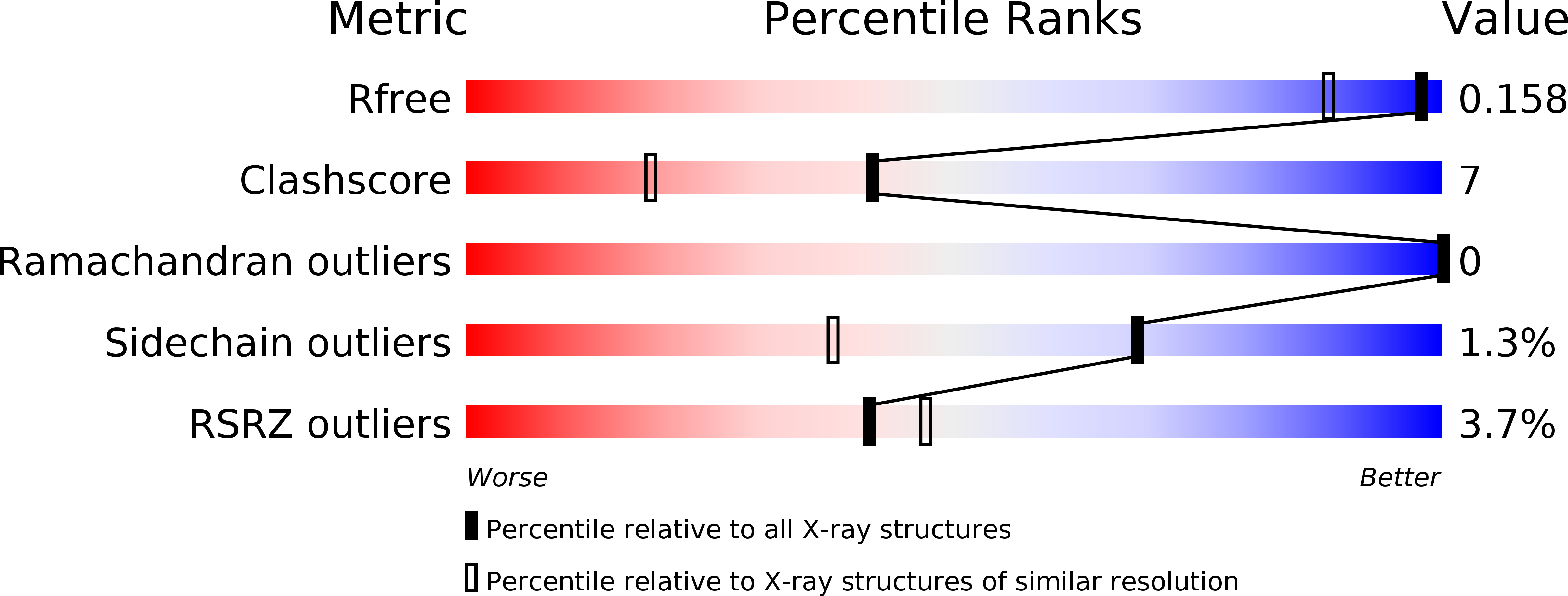
Deposition Date
2009-08-20
Release Date
2010-06-30
Last Version Date
2023-12-20
Entry Detail
PDB ID:
2WQF
Keywords:
Title:
Crystal Structure of the Nitroreductase CinD from Lactococcus lactis in Complex with FMN
Biological Source:
Source Organism:
LACTOCOCCUS LACTIS (Taxon ID: 1358)
Host Organism:
Method Details:
Experimental Method:
Resolution:
1.35 Å
R-Value Free:
0.15
R-Value Work:
0.13
R-Value Observed:
0.13
Space Group:
C 2 2 21


